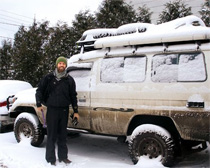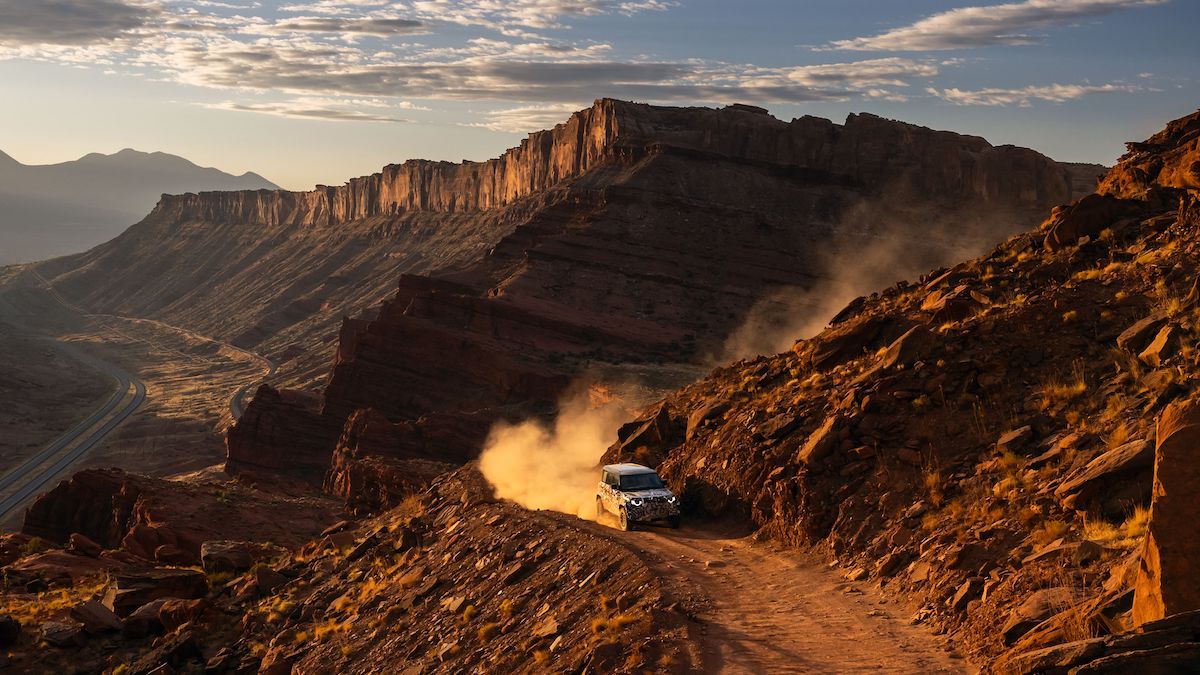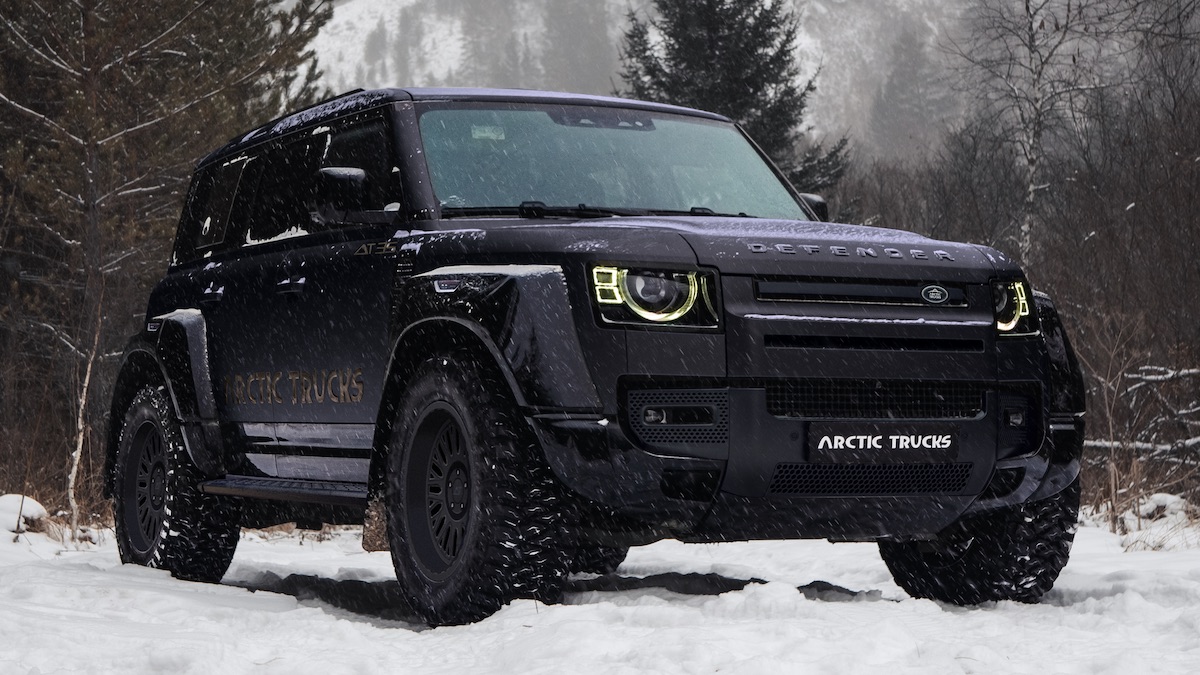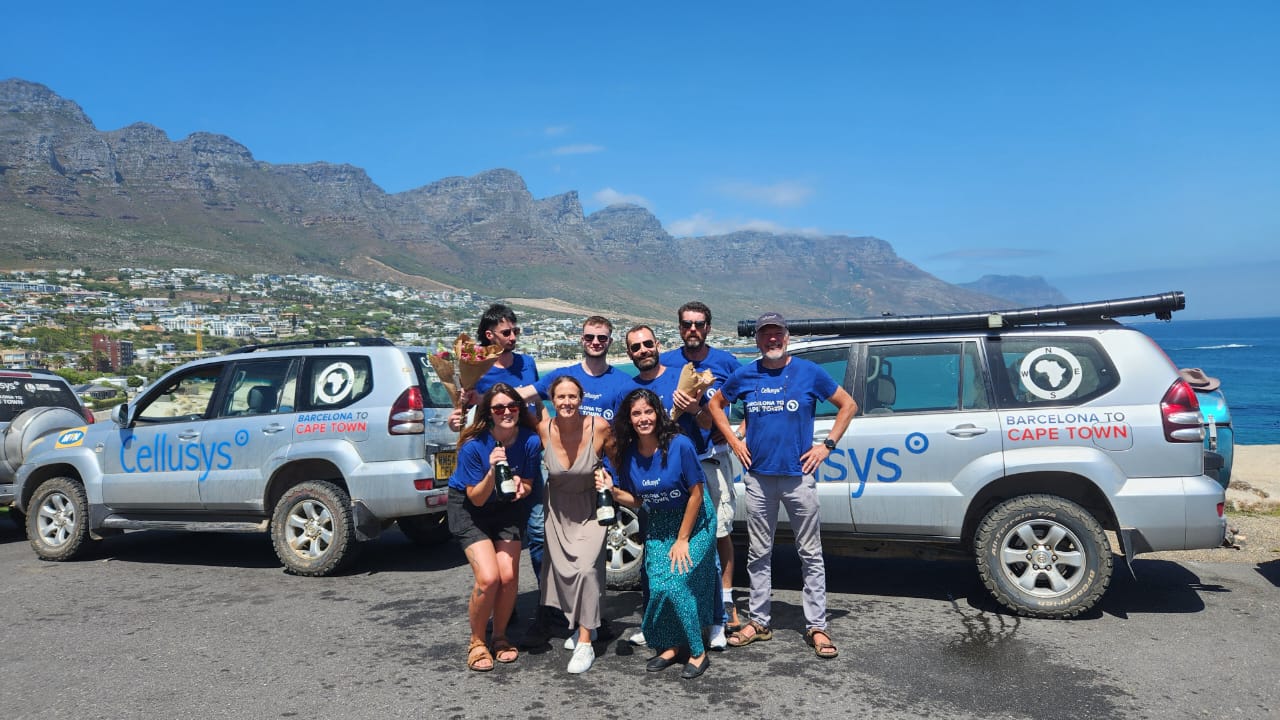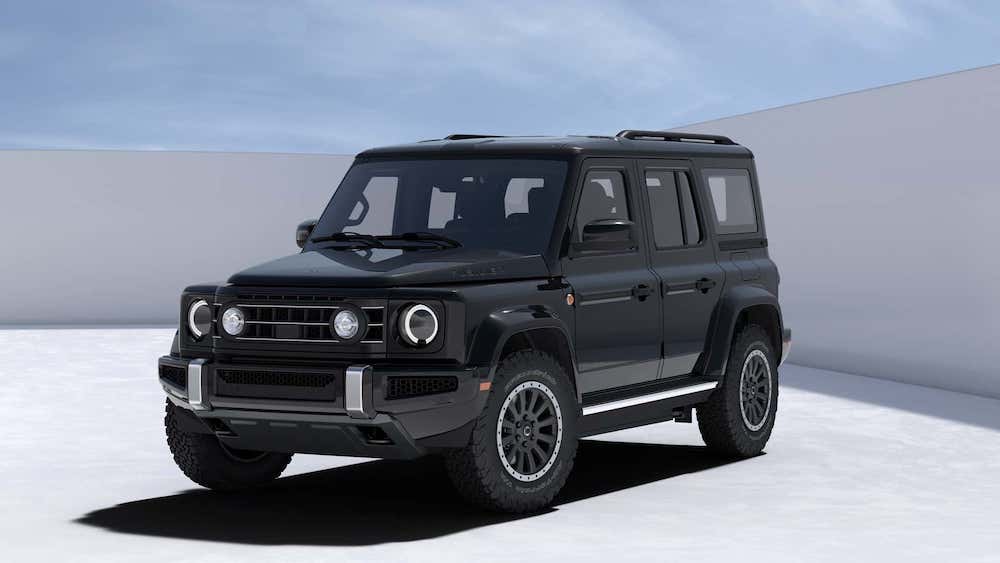Text: Jacques du Randt
Photography: Jacques and Mandy du Randt
It took one piece of paper and five stamps on it to get into Mongolia. The border officials could speak only a little English but we managed the crossing from Russia in an hour, without any hassles.
There are only a few bitumen-covered roads in Mongolia? the rest are mainly gravel tracks. We found this out on our way to the Amarbayasgalant Khiid monastery. The monastery involved a detour of about 200km from the main bitumen roads.
In the end, we spent three days getting there and then back to the main road to Ulaan Bataar! But it wasn’t all bad.
The first day was a bit tricky. Thank goodness we had our GPS. The GPS maps we used were fairly accurate, but there were definitely times when it was a case of the luck of the draw in deciding whether we should take the left or the right track.
We had “a little episode” where we navigated in “Livingstone tradition”, exploring our way, making our own, new tracks. This was a problem in the north of the country, because the terrain was more mountainous and the vegetation is not like the grassy steppes.
I somehow even managed to bring Mandy to tears with my driving. She later assured me that it wasn’t my driving skills, but just the sudden surprise of the daunting terrain we were going through. It was almost like a hop, skip and a giant leap. Good thing we had that rear diff lock installed.
About 5km into the journey the next morning we realised that we were not too sure which way to go?yet again.
Luckily, some locals wanted to overtake us on this track, and we flagged them down. Out came the map and with a very poor pronunciation of “Amarbayasgalant Khiid monastery” we managed to get across that we wanted to go there.
“Follow us”, the driver gestured. About 20km later our two-vehicle convoy stopped. They gave us instructions to follow this and that track, around the mountain, and 60km later we’d be there – easy.
After a bit of sign language we discovered that they were on their way to go fishing. I had my hand line with me, so we thought, why not tag along?
After some bumpy roads, lots of dust (extremely bad dust!) and some mud, we got to a very pleasant fishing spot. Just as I got the hang of the hand line, one of our new friends gave me a spare rod to use.
The two brothers and one’s wife (I still can’t pronounce their names, never mind spell them!) caught about 25 fish that day. Eventually even I dragged out a big one!
We decided to camp there with them and we had some tasty, local fish soup for dinner. They also cleaned and prepared the fish to be smoked the following day.
We ended up leaving them around lunchtime with three large smoked fish in the fridge. We’re not really big on fish but I must admit the smoked variety, as prepared by our Mongolian friends, was really good.
We eventually made it to the monastery after some more bad roads and with the help of the GPS. The monastery was a little bit disappointing but I’m still glad we made the effort to go there.
We eventually made it to Ulaan Bataar where we stayed for a few days, applying for visas and stocking up on some supplies for our trip south to the Gobi.
We managed to find a really nice and surprisingly quiet spot at the Tuul Gol River in the middle of the city, where we camped.
Gobi was next, and we had to contend with some really dreadful weather on our way there. Our first night was not pleasant at all. The wind was howling, it was raining, there was thunder and lightning and to top it off, also some hail. I was so glad we did not have to sleep in a tent!
We left the city of Ulaan Bataar just after 5pm on a Monday, after picking up our visas for Kazakhstan. The plan was to get a few hours under the belt, seeing that we had “wasted” a few days in UB, waiting for our visas.
We found a place to camp before sunset, but we weren’t too happy being exposed to the hail and lightning in the middle of an open plain. Following some negotiations we decided to push on to the next village to see if we could find some shelter.
About three hours later we came across a little village and found a proper building, and not a tent, to shelter us from the wind and weather.
Part of our mission on the trip was to do a few good deeds along the way. In Mongolia, we got our first chance. We came across a broken down 4×4, about 400km from Ulaan Bataar.
The vehicle had completely lost its left front wheel, thanks to the bad roads. The poor guy was short of tools, so I lent him some of ours and tried to help out as much as possible.
After making some progress, the thankful man handed us a two-litre bottle of Airag – fermented mare’s milk. What is it like? Well, it tastes like horse dung smells — lots of dung that’s been left in the stables far too long!
Bloody awful stuff.
The scenery and landscape we travelled through was absolutely stunning. It varied from day to day. Coming back from the Gobi, we went through some very flat and open plains. You can’t see anything for miles, right to the horizon. Then mountains. Next, rolling steppes. Amazing.
You really feel the enormous size of the land and I’m sure it can be a very lonely place during the cold winter months. The Mongolians must be tough people to live like this!

